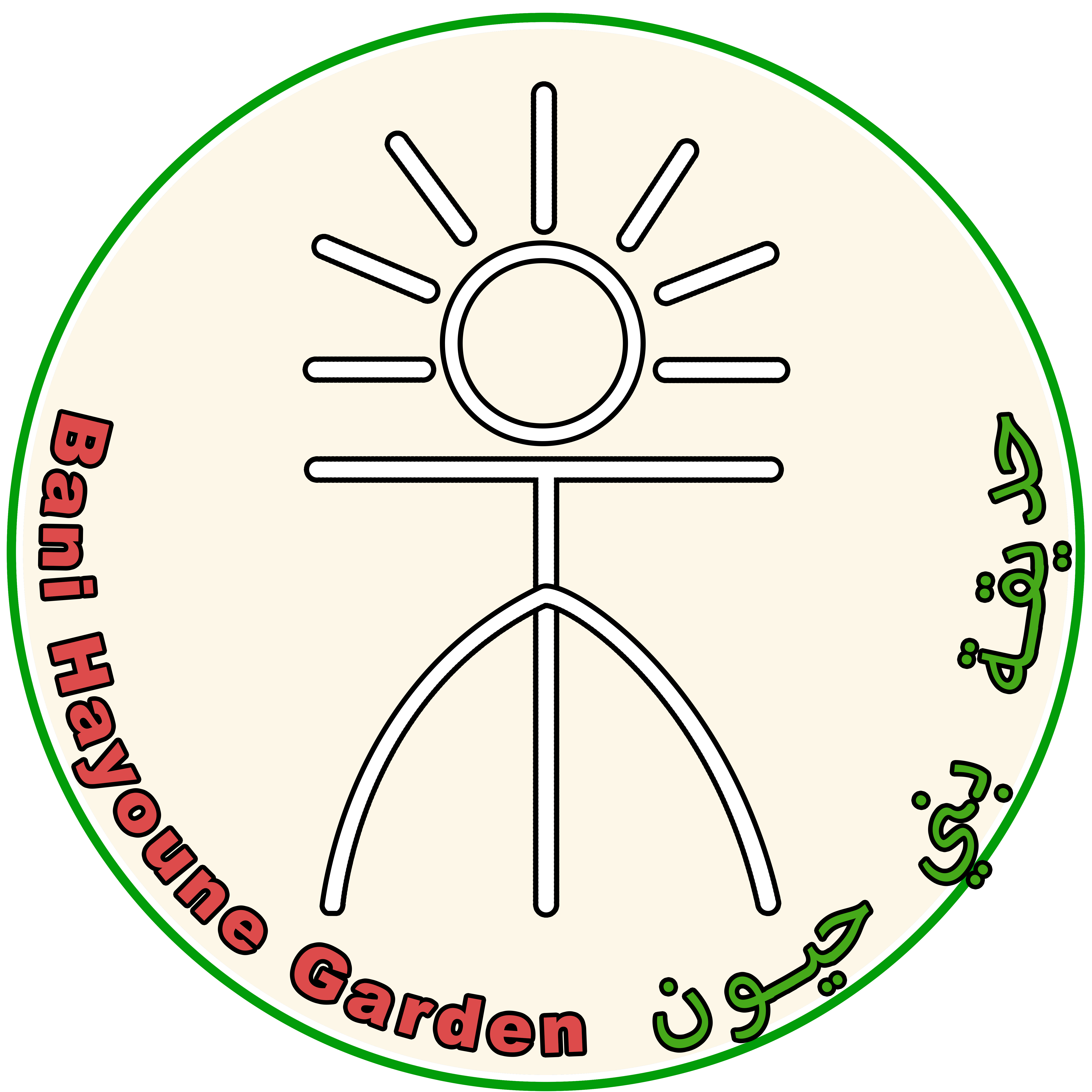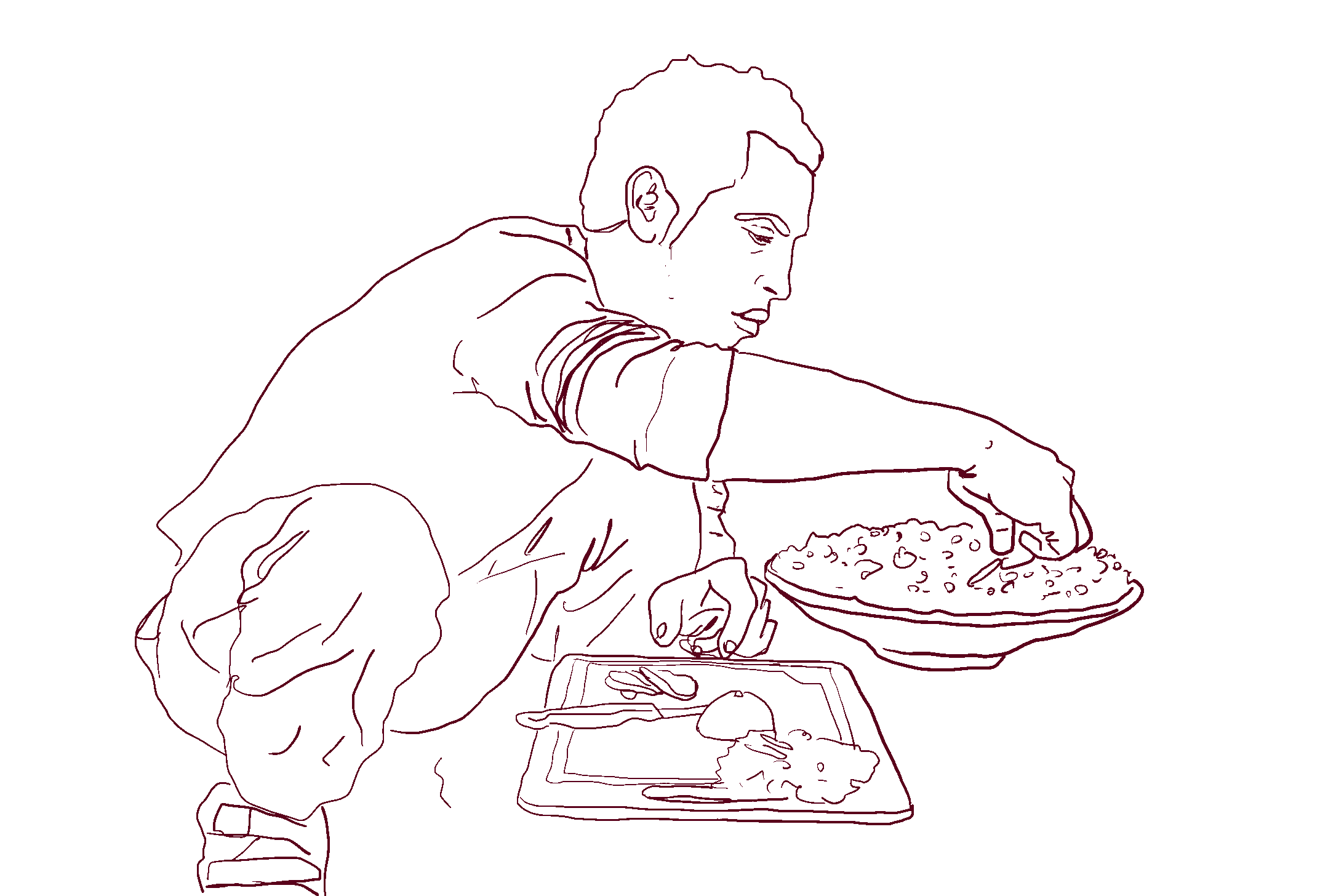BLOG
Preserving palms and cultures
11th of November 2023
Yesterday a volunteer said: 'The palm trees look really dry'. Said replied her, that his grandparents planted the palms when there was still plenty of water in this region of Morocco. In the past, people took a lot more care of the land and plants. In recent decades, the government built dams that ensured that less to almost no water flowed into this part of the country. As a result, everything dries out more and more, and palmgroves are dying. Since 1995, the Daraa river started running dry rapidly and stopped supplying enough water for the villages built near the river. This river has been the people’s most important water source. Thousands of years ago, indigenous tribes from the south of Morocco used ancient water management methods, and although these worked incredibly well and have sustained many gardens and lives, these methods are nowadays used less and less.
In the last 10 - 20 years, the younger generation began to move more and more from the villages to the cities as it is impossible to sustain life without water. While the landscape needs to be nurtured, it has now been left to its own devices. Ancient cultures that our ancestors maintained and cultivated are disappearing. Old and valuable knowledge is quickly lost. By moving away, newer generations also easily distance themselves more from the culture they grew up within. Just as the earth dries out without sufficient care, so too do cultures fade. But knowledge and traditions can still be preserved.
![]()
Said’s family collecting herbs and medicinal plants
Said’s grandmother Aicha was a healer and herbalist. She was well-known for her skills in this region. Aicha made medicines and poultices from local herbs and plants that she found in the desert around her. Living around a 140 years, she always kept her precious herbs, medicines and cloth-making equipment safely in hand-dug underground rooms in the village of Zaouiah. People from the surrounding villages visited Aicha every day and asked her for treatment or for her home-made medicine. Her grandchildren often sat with her to watch and learn about the herbal medicines and treatments Aicha provided to so many visitors. This is where Said, then a child, gained valuable knowledge from his grandmother.
By starting this project and staying connected to the land where he grew up, Said's wish has always been to preserve the indigenous techniques he learned from his father and from his grandparents. One of Said's biggest dreams for years has been to create a space for local women to pass on their skills and valuable knowledge to the younger generation. While change is ongoing and technology is developing faster than we ever imagined, we are using our project to slow down and not only looking forward, but also looking back to the past, to what our ancestors left for us. By combining ancestral methods with new techniques, we seek for the most sustainable solutions and ways to live here on the edge of the desert.
Use what you find around you. Build with the land you live on and give back to nature what you can. Cherish her and listen to her silence. Listen to everything she has to share with us and treat her with care. To live in harmony with nature is the only solution.
Preserving palms and cultures
11th of November 2023
Yesterday a volunteer said: 'The palm trees look really dry'. Said replied her, that his grandparents planted the palms when there was still plenty of water in this region of Morocco. In the past, people took a lot more care of the land and plants. In recent decades, the government built dams that ensured that less to almost no water flowed into this part of the country. As a result, everything dries out more and more, and palmgroves are dying. Since 1995, the Daraa river started running dry rapidly and stopped supplying enough water for the villages built near the river. This river has been the people’s most important water source. Thousands of years ago, indigenous tribes from the south of Morocco used ancient water management methods, and although these worked incredibly well and have sustained many gardens and lives, these methods are nowadays used less and less.
In the last 10 - 20 years, the younger generation began to move more and more from the villages to the cities as it is impossible to sustain life without water. While the landscape needs to be nurtured, it has now been left to its own devices. Ancient cultures that our ancestors maintained and cultivated are disappearing. Old and valuable knowledge is quickly lost. By moving away, newer generations also easily distance themselves more from the culture they grew up within. Just as the earth dries out without sufficient care, so too do cultures fade. But knowledge and traditions can still be preserved.

Said’s family collecting herbs and medicinal plants
Said’s grandmother Aicha was a healer and herbalist. She was well-known for her skills in this region. Aicha made medicines and poultices from local herbs and plants that she found in the desert around her. Living around a 140 years, she always kept her precious herbs, medicines and cloth-making equipment safely in hand-dug underground rooms in the village of Zaouiah. People from the surrounding villages visited Aicha every day and asked her for treatment or for her home-made medicine. Her grandchildren often sat with her to watch and learn about the herbal medicines and treatments Aicha provided to so many visitors. This is where Said, then a child, gained valuable knowledge from his grandmother.
By starting this project and staying connected to the land where he grew up, Said's wish has always been to preserve the indigenous techniques he learned from his father and from his grandparents. One of Said's biggest dreams for years has been to create a space for local women to pass on their skills and valuable knowledge to the younger generation. While change is ongoing and technology is developing faster than we ever imagined, we are using our project to slow down and not only looking forward, but also looking back to the past, to what our ancestors left for us. By combining ancestral methods with new techniques, we seek for the most sustainable solutions and ways to live here on the edge of the desert.
Use what you find around you. Build with the land you live on and give back to nature what you can. Cherish her and listen to her silence. Listen to everything she has to share with us and treat her with care. To live in harmony with nature is the only solution.

